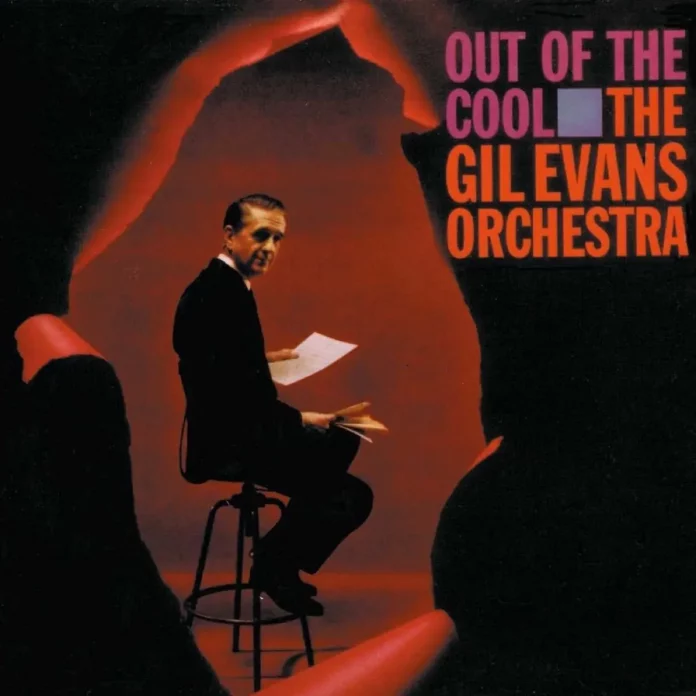Gil Evans goes on proving the same old wonderful thing over and over again. That he is the brightest orchestral talent in jazz. That he can get more out of a big orchestra than can anyone else with the exception of Duke Ellington.
So how many times does this singular point have to be proved? Commercially, obviously, repeatedly. For Mr. Evans must eat. As must the companies involved in his recordings.
But, having proved all of his talents, couldn’t he peep deep within himself and perhaps surprise us with a few new ones? Certainly, this is a harsh request. How can one fail to be pleased with Mr. Evans’ perfection? Alas, perfection is a quality that leads all too soon to boredom.
The brilliant effects, the subtly colourful orchestrations, the absolutely inspired choice of material – not to forget the excellent improvisations by outstanding jazzmen for which a Gil Evans score always allows – were stunning on first hearing and still stunning on second and third. With this record we, or at least I, arrive in the doldrums.
No, there is nothing wrong with this record. And that is sort of precisely what is wrong with it. Basie incorporated himself into a sausage machine that produces good red meat once in a long while. With Evans, it’s diamonds, diamonds all the way.
For the record, let it be noted that Jimmy Knepper, Budd Johnson and John Coles take solos that would turn any other effort by anyone else into an all-time artistic achievement. Here they’re simply part of a perfect showcase.
I don’t know what Gil Evans can do next. It really is a tragedy. Because he has done everything – all of it superb – now.
Discography
(a) La Nevada; (b) Where Flamingos Fly; (20 min) – (a) Bilbao; (b) Stratusphunk; (b) Sunken Treasure (21 min)
(a) Evans (p); Ray Beckenstein (alt/fl/pic); Budd Johnson (ten/sop); Bob Tricarico (bsn/fl/ pic); John Coles (tpt); Phil Sunkel (tpt); Jimmy Knepper (tbn); Keg Johnson (tbn); Tony Studd (bs/tbn); Bill Barber (tuba); Ray Crawford (gtr); Ron Carter (bs); Elvin Jones & Charlie Persip (dms). (b) Eddie Cane replaces York, January, 1961.
(HMV CLP 14S6 12in LP 35s. 3d.)
















